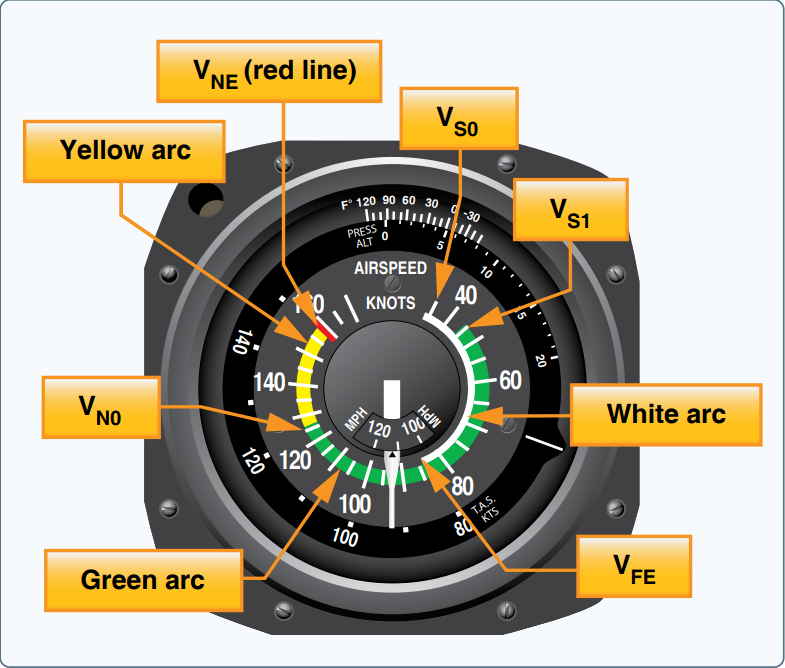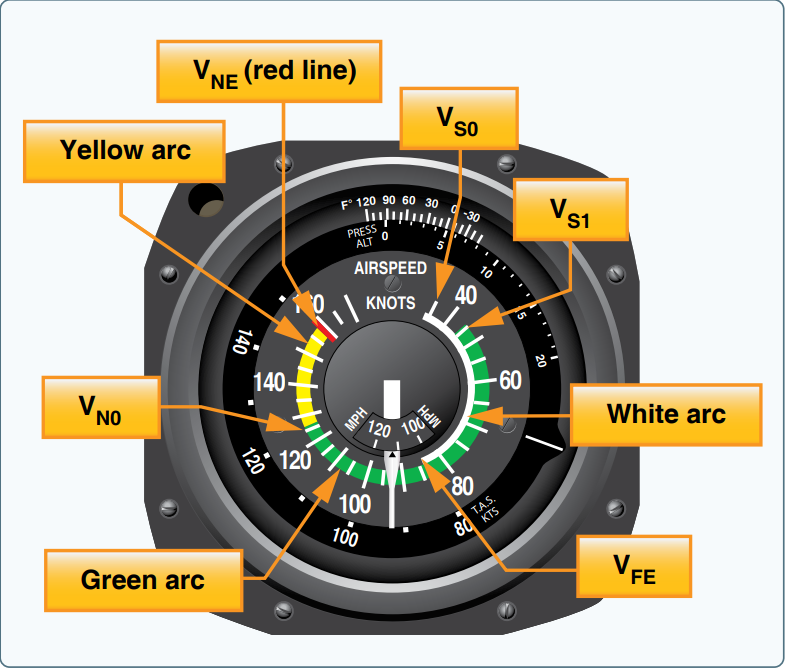Q 1/20
0
This question has been flagged as being in an exam by multiple students, give it more attention
A
maintain a constant angle of attack along the blade.
B
reduce the blade tangential velocity from root to tip.
C
allow an increased mechanical load.
D
avoid the appearance of sonic phenomena.
Your Right answers are 0 out of and Your Percentage is: 0 %
This question has been flagged as being in an exam by multiple students, give it more attention
A
cylinder length × cylinder diameter
B
cylinder volume × number of cylinders
C
piston area × piston stroke × number of cylinders
D
piston area × piston stroke
Your Right answers are 0 out of and Your Percentage is: 0 %
This question has been flagged as being in an exam by multiple students, give it more attention
A
Float chamber and fuel inlet filter.
B
Accelerator pump and main metering jet.
C
Venturi and the throttle valve.
D
Main air bleed and main discharge nozzle.
Explanation
Carb icing is most likely to occur where the pressure changes in the airflow, the venturi and throttle valve are most areas where pressure changes
Throttle valve... if you are wondering why this area can cause carb icing
Think of the throttle valve is partially closed, it is essentially restricting airflow and becomes a venturi
Throttle valve... if you are wondering why this area can cause carb icing
Think of the throttle valve is partially closed, it is essentially restricting airflow and becomes a venturi
Your Right answers are 0 out of and Your Percentage is: 0 %
This question has been flagged as being in an exam by multiple students, give it more attention
A
volume of air entering the carburettor is increased.
B
amount of fuel entering the cylinders is reduced.
C
volume of air entering the carburettor is reduced.
D
amount of fuel entering the cylinders is increased.
Your Right answers are 0 out of and Your Percentage is: 0 %
This question has been flagged as being in an exam by multiple students, give it more attention
A
reduce the fuel flow in order to compensate for the decreasing air density.
B
increase the fuel flow in order to compensate for the decreasing air pressure and density.
C
reduce the fuel flow in order to compensate for the increasing air density.
D
increase the fuel flow in order to compensate for the decreasing air pressure and increasing temperature.
Your Right answers are 0 out of and Your Percentage is: 0 %
This question has been flagged as being in an exam by multiple students, give it more attention
A
residual deviation is noted before the compass swing procedure
B
deviation compensation is noted after the compass swing procedure
C
residual deviation is noted after the compass swing procedure
D
deviation compensation is noted before the compass swing procedure
Explanation
A compass deviation card is posted in a holder near the magnetic compass, on which there is recorded the difference between the readings of the compass and the correct geomagnetic directions; these errors (deviations) are given for at least the four cardinal points; sometimes the card lists the compass bearings to be flown when it is desired to fly corresponding magnetic headings.
Your Right answers are 0 out of and Your Percentage is: 0 %
This question has been flagged as being in an exam by multiple students, give it more attention
A
0,90,180,270
B
Up,Down,Left,Right
C
90,180,270,360
D
N,E,S,W
Your Right answers are 0 out of and Your Percentage is: 0 %
This question has been flagged as being in an exam by multiple students, give it more attention
A
Tied gyro in the vertical plane
B
Earth Gyro in the horizontal axis
C
Space gyro in the vertical axis
D
Earth Gyro in the vertical axis
Explanation
This may be slightly outside of scope of PPL, but this is how you remember it
Left column - Type of gyro
Rate, earth,space,tied
Middle column - Horizontal or vertical
RIght column - Type...Turn, attitude X(not used) , D directional
Rest,TaxD :)
R - T
E I A
S I X
T - D
Left column - Type of gyro
Rate, earth,space,tied
Middle column - Horizontal or vertical
RIght column - Type...Turn, attitude X(not used) , D directional
Rest,TaxD :)
R - T
E I A
S I X
T - D
Your Right answers are 0 out of and Your Percentage is: 0 %
This question has been flagged as being in an exam by multiple students, give it more attention
A
Electromagnetic interference and mechanical friction
B
RPM vibrations
C
Aircraft changing heading constantly
D
Earth Rotation
Explanation
The DI DOES not move, it always points in the same direction relative to space, but because the earth is spinning, we need to adjust the DI to keep up with the change in earth
If you left a DI for 24 hours it would circulate a full rotation
It also proves the earth is not flat.... :)
If you left a DI for 24 hours it would circulate a full rotation
It also proves the earth is not flat.... :)
Your Right answers are 0 out of and Your Percentage is: 0 %
This question has been flagged as being in an exam by multiple students, give it more attention
A
Altimeter, Turn Coordination & Heading Indicator
B
Attitude indicator, ASI, VSI
C
Altimeter, ASI & Turn indicator
D
Attitude indicator, Turn coordinator & direction indicator
Explanation
Attitude indicator, Turn coordinator & direction indicator are GYRO instruments, powered by vacuum
ASI & Altimeter use static and total pressure
ASI & Altimeter use static and total pressure
Your Right answers are 0 out of and Your Percentage is: 0 %
This question has been flagged as being in an exam by multiple students, give it more attention
A
Instrument Error
B
Position Error
C
Pressure altitude and Temperature
D
Temperature Error
Your Right answers are 0 out of and Your Percentage is: 0 %
This question has been flagged as being in an exam by multiple students, give it more attention
A
1000feet
B
970feet
C
Not enough information to tell
D
1030feet
Explanation
Our altimeter has been set incorrectly by 1 hpa under, and will under read by 30feet
As the QNH is 1002, if we had set it correctly our altimeter would read the elevation of the airfield upon landing
As the QNH is 1002, if we had set it correctly our altimeter would read the elevation of the airfield upon landing
Your Right answers are 0 out of and Your Percentage is: 0 %
This question has been flagged as being in an exam by multiple students, give it more attention
A
0ft
B
Not enough information to tell
C
+90feet
D
-90feet
Your Right answers are 0 out of and Your Percentage is: 0 %
This question has been flagged as being in an exam by multiple students, give it more attention
A
Caution Area
B
VNE
C
VFE
D
VS0
Explanation
Red line = VNE - never exceed
Yellow line = Caution range, this speed we can fly in clear stable air, but any gust or turbulance could endanger the aircraft and not pulling any manouvers
Green - VNO - Normal operation range
White Arc - VFE - Flaps operating speed,
Below the white arc - VSo - stalling speed with the flaps down
Where the white arc meets green - VS1 - Stalling speed in the clean configuration
Yellow line = Caution range, this speed we can fly in clear stable air, but any gust or turbulance could endanger the aircraft and not pulling any manouvers
Green - VNO - Normal operation range
White Arc - VFE - Flaps operating speed,
Below the white arc - VSo - stalling speed with the flaps down
Where the white arc meets green - VS1 - Stalling speed in the clean configuration
Your Right answers are 0 out of and Your Percentage is: 0 %
This question has been flagged as being in an exam by multiple students, give it more attention
A
VS0
B
VFE
C
VNE
D
VNO
Explanation
Red line = VNE - never exceed
Yellow line = Caution range, this speed we can fly in clear stable air, but any gust or turbulance could endanger the aircraft and not pulling any manouvers
Green - VNO - Normal operation range
White Arc - VFE - Flaps operating speed,
Below the white arc - VSo - stalling speed with the flaps down
Where the white arc meets green - VS1 - Stalling speed in the clean configuration
Yellow line = Caution range, this speed we can fly in clear stable air, but any gust or turbulance could endanger the aircraft and not pulling any manouvers
Green - VNO - Normal operation range
White Arc - VFE - Flaps operating speed,
Below the white arc - VSo - stalling speed with the flaps down
Where the white arc meets green - VS1 - Stalling speed in the clean configuration
Your Right answers are 0 out of and Your Percentage is: 0 %
This question has been flagged as being in an exam by multiple students, give it more attention
A
Dynamic
B
None, GPS Data is used
C
Static
D
Total
Your Right answers are 0 out of and Your Percentage is: 0 %
This question has been flagged as being in an exam by multiple students, give it more attention
A
Dynamic
B
Static
C
Total
D
Neither, it uses GPS
Explanation
Pitot tube meassure Total pressure, and then subtracts the static pressure to make up dynamic pressure
Your Right answers are 0 out of and Your Percentage is: 0 %
This question has been flagged as being in an exam by multiple students, give it more attention
A
Dynamic Pressure = Total Pressure + Static Pressure
B
Dynamic Pressure = Total Pressure X Static Pressure
C
Total pressure = Dynamic Pressure + Static Pressure
D
Total Pressure = Dynamic Pressure - Static Pressure
Explanation
Total pressure = Dynamic Pressure + Static Pressure
Dynamic Pressure = Total pressure - Static pressure
Static Pressure = Total Pressure - Dynamic PRessure
Dynamic Pressure = Total pressure - Static pressure
Static Pressure = Total Pressure - Dynamic PRessure
Your Right answers are 0 out of and Your Percentage is: 0 %
This question has been flagged as being in an exam by multiple students, give it more attention
A
Airspeed indicator.
B
Vacuum gauge.
C
Vertical speed indicator.
D
Altimeter.
Explanation
The pitot-static system feeds the altimeter, vertical speed indicator and airspeed indicator.
A vacuum gauge indicates the efficiency of the suction system
A vacuum gauge indicates the efficiency of the suction system
Explanation Provided by EB--
Your Right answers are 0 out of and Your Percentage is: 0 %
This question has been flagged as being in an exam by multiple students, give it more attention
A
By an engine-driven pump.
B
By the static vent.
C
All of the above.
D
By the static tube.
Explanation
Air is provided through an engine driven pump, strong enough to make the giros spin.
Static vent has no ability in pumping air, neither the static tube!
Static vent has no ability in pumping air, neither the static tube!
Explanation Provided by Ph-
Your Right answers are 0 out of and Your Percentage is: 0 %

